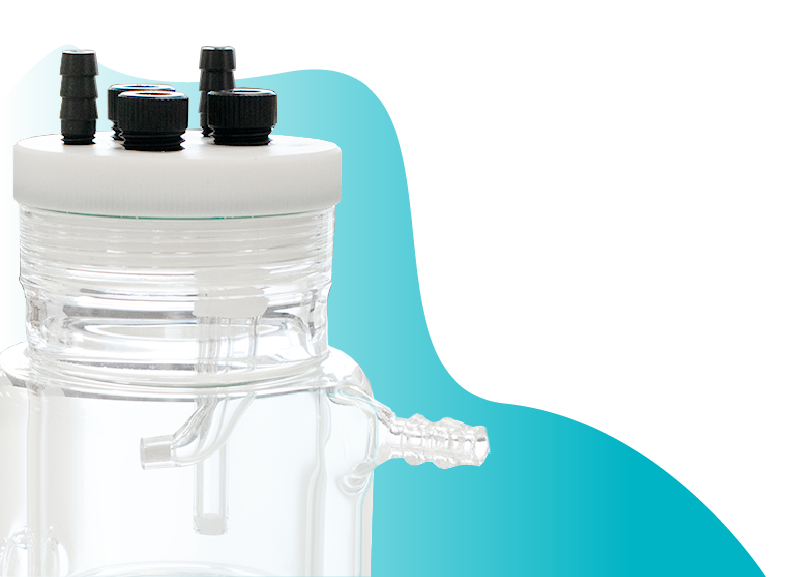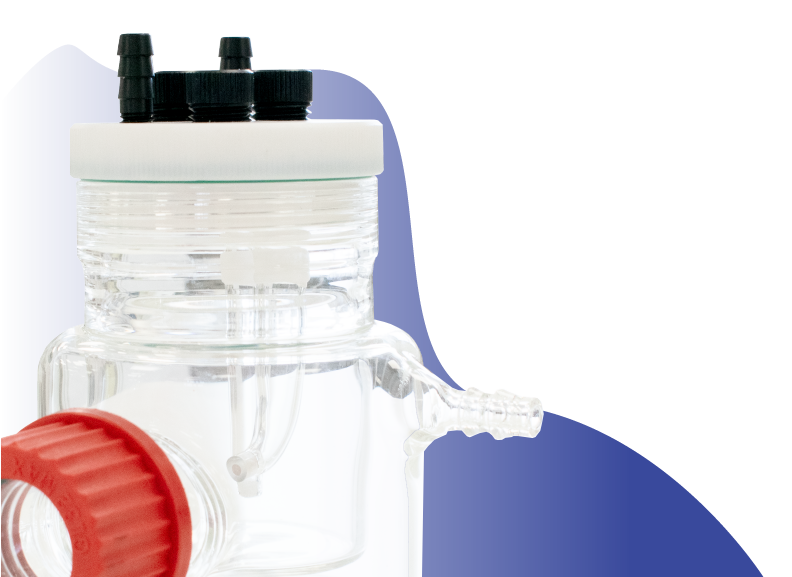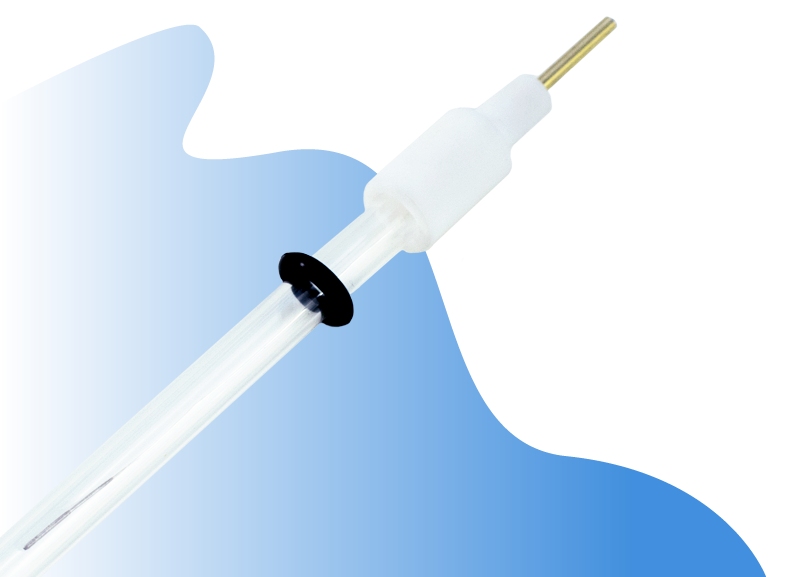Linear Sweep Voltammetry: Introduction and Applications


Linear sweep voltammetry (LSV) is a simple electrochemical technique. The method is similar to cyclic voltammetry, but rather than linearly cycling over the potential range in both directions, linear sweep voltammetry involves only a single linear sweep from the lower potential limit to the upper potential limit. This is particularly useful for irreversible systems where a reverse sweep would not reveal any more information.
Like cyclic voltammetry, linear sweep voltammetry uses a three electrode system. This consists of a working electrode, counter electrode, and reference electrode.
The three electrodes are connected to a potentiostat and are placed in an electrochemical cell along with the solution of interest. The potentiostat controls the potential between the working electrode and reference electrode and measures the current at the counter electrode so that a plot of potential vs. current can be made. This shows the electrochemical response (oxidation or reduction) of the material in question. A peak or dip can be seen at the potential where oxidation or reduction begins.
Linear sweep voltammetry can be used to calculate the peak current, calculate the peak current potential, and calculate the half-peak current potential. For irreversible systems, linear sweep voltammetry is a simple and effective alternative to cyclic voltammetry.
Applications
Using linear sweep voltammetry, several key parameters can be observed which can be used diagnostically to determine thermodynamic reversibility of a material. These parameters include the peak current (ip), the potential at the peak current (Ep), and the potential at half the peak current (Ep/2) prior to the peak being reached.
These will be interpreted here for the system O + e- ⇌ R, with R initially absent (i.e. assuming no coupled reactions). These values can be used to calculate key electrochemical parameters at the reversible and quasireversible limits.
Note: the equations in this section assume linear diffusion. Most electrodes can be approximated as having linear diffusion on short time scales. The larger the electrode, and the shorter the time observed, the more the linear diffusion approximation applies.
The peak current
The peak current in amperes, ip, at 25 °C with bulk concentration O CO* in mol cm-3, electrode area A in cm2, the diffusion constant DO in cm2 s-1, and the scan rate v in V s-1 is given by:
For a reversible system K is 1, and for an irreversible system:
Graphs exist1, 2 to relate determine the degree of reversibility if α is known.
The peak current potential
The peak current is given by:
In the reversible system Ξ = 1.109 where as in the irreversible system:
Graphs exist1,2 to relate determine the degree of reversibility if α is known.
The half-peak current potential
The half peak current potential is given by the following formula:
For a reversible system ∆ = 2.20 , whereas for irreversible system:
Graphs exist1,2 to relate determine the degree of reversibility if α is known.
Potentiostat

Learn More
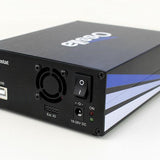 Getting Started with the Ossila Potentiostat
Getting Started with the Ossila Potentiostat
The Ossila Potentiostat has been designed to make it quick and easy to perform electrochemistry.
Read more...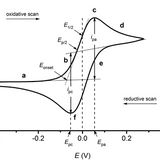 Cyclic Voltammetry Basic Principles, Theory and Setup
Cyclic Voltammetry Basic Principles, Theory and Setup
Cyclic voltammetry is an electrochemical technique used to measure the current response of a redox active solution to a linearly cycled potential sweep.
Read more...Related Products
References
- A. J. Bard and L. Faulkner, Electrochemical Methods: Fundamentals and Applications, John Wiley & son, 2nd edn., 2001.
- H. Matsuda, Y. Ayabe, Z. Elektrochem., 1955, 59, 494-503.
